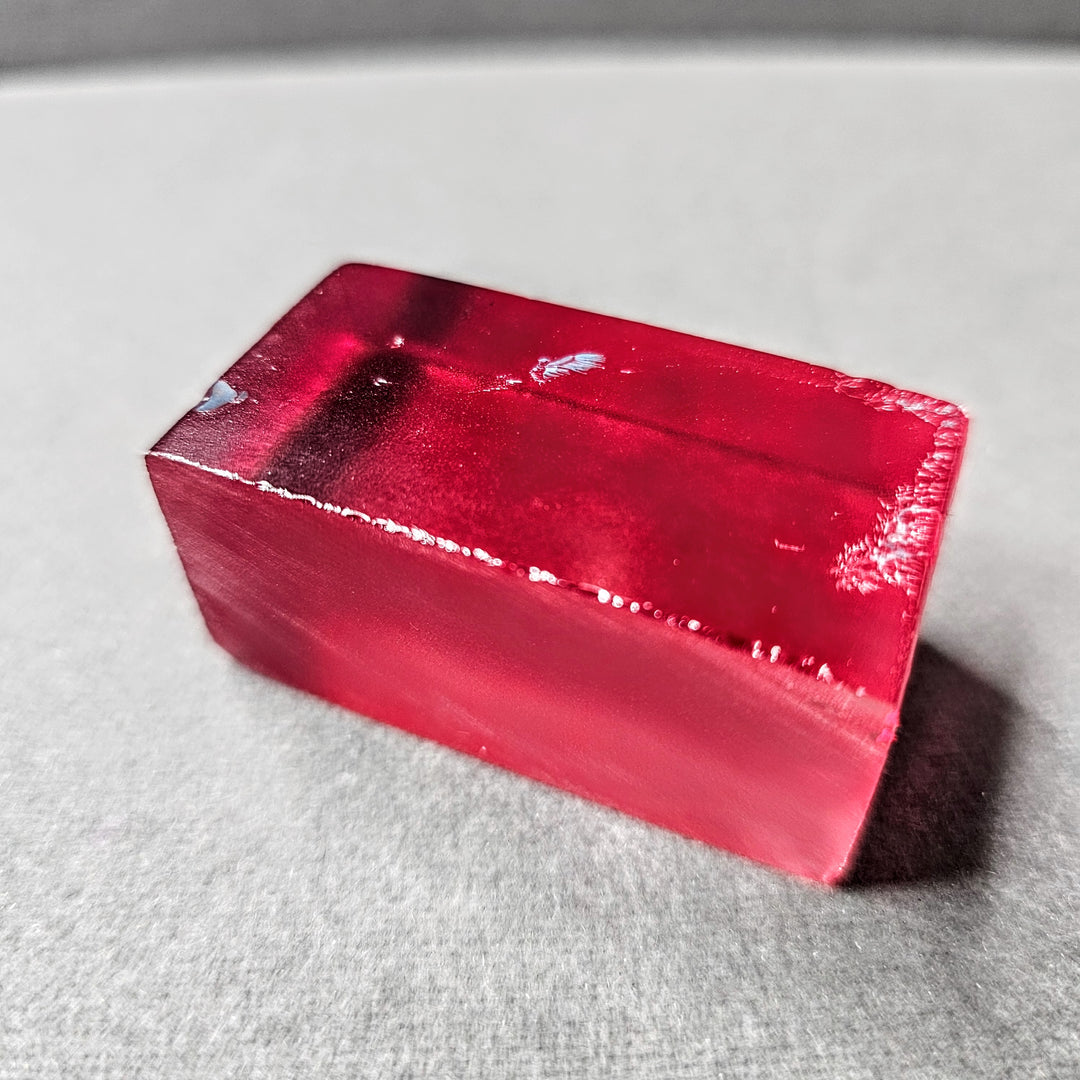Titanium Doped Czochralski Sapphire
Titanium-doped sapphire, often referred to as Ti:sapphire, stands out in the realm of laser technology due to its exceptional properties. This material serves as the gain medium for tunable lasers, offering a broad range of wavelength tunability, typically from about 650 to 1100 nanometers. The versatility of Ti:sapphire lasers stems from the unique electronic structure of the titanium ion when it is doped into the sapphire (Al2O3) crystal lattice. This combination allows for efficient absorption of pump light and subsequent emission of laser light over a wide spectrum. The ability to tune the output wavelength makes Ti:sapphire lasers incredibly valuable for a multitude of applications, including spectroscopy, microscopy, and ultrafast pulse generation. Their high peak power and short pulse capabilities further enhance their utility in both scientific research and industrial applications, making them a cornerstone in the advancement of photonics.<br><br>When individuals consider "titanium" sapphire, they typically envision blue sapphire. However, the blue hue present in many natural sapphires actually stems from the presence of both titanium and minor quantities of iron. In laboratory environments, sapphire can be infused with a highly pure titanium feedstock devoid of any iron. This process yields pink sapphire crystals, with the intensity of the color varying according to the amount of titanium incorporated.<br><br>Under blue light, Ti sapphire emits a light pink fluorescence.
This parcel was acquired as a batch likely comprising ti sapphire crystals from various manufacturers. The titanium concentration within the crystals ranged from deep to pale pink, suggesting a variety in the doping levels. Evidence suggests that the crystals were predominantly grown using the Czochralski method, although it's possible that some pieces were produced using the Kyropoulos method.
